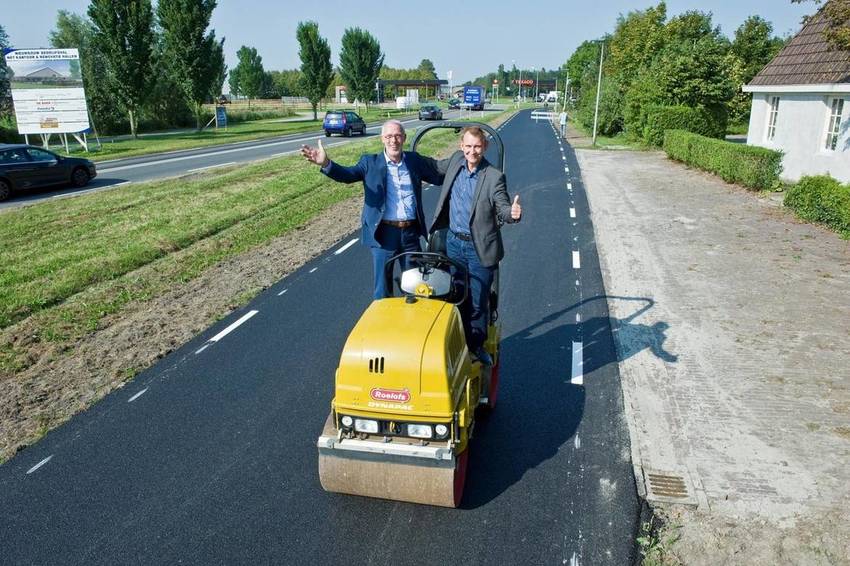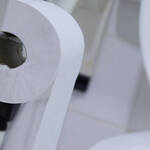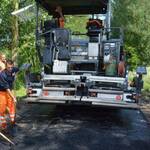Toilet paper road by Roelofs

Roelofs started a pilot project that made it possible to mix toilet paper cellulose fibers with bitumen. The addition of cellulose fibers during the production of asphalt ensures a homogeneous distribution of the bitumen in the asphalt mixture and it prevents the demixing (''dripping'') of bitumen during storage and transport. This increases the quality of the asphalt. This leads to a longer service life.
[0303] waste from paper production and processing [170302] *bituminous mixtures
Product Value Chain by step of production
| Step | Provide quantity and activity |
|---|---|
| Toilet paper is collected by processor | |
| The rests are retreated in order to process the restproducts in the asphalt | |
| The rests are mixed with the bitumen in the asphalt (0.5% toilet paper implementation) |
Key Partnerships
Wetterskip Fryslân, provincie Fryslân, STOWA, Esha Infra Solutions, KNN Cellulose, Jansma.
First version of revenue model including pricing hypotheses
Prototype demonstration in operational environment
Translation of the expected functionalities into needed capabilities
Market
Asphalt
Customer bargaining power
Not of influence
Principles Circular Product Design
Design products to last for a long(er) period of time
Alternatives, Competitors
Product
Distribution - Forward Logistics
Direct Selling: Producer -> Consumer
Distribution - Reverse Logistics
Consumer -> Producer -> ….
Revenue Streams - Pricing
Fixed
Revenue Streams - Product
Pay per product
Key Resources - Resources used for the production
Toilet paper cellulose, bitumen, crushed stone
Immagini
Wednesday 02 December 2020





 Copyright © 2026 Cinderela.
Copyright © 2026 Cinderela.